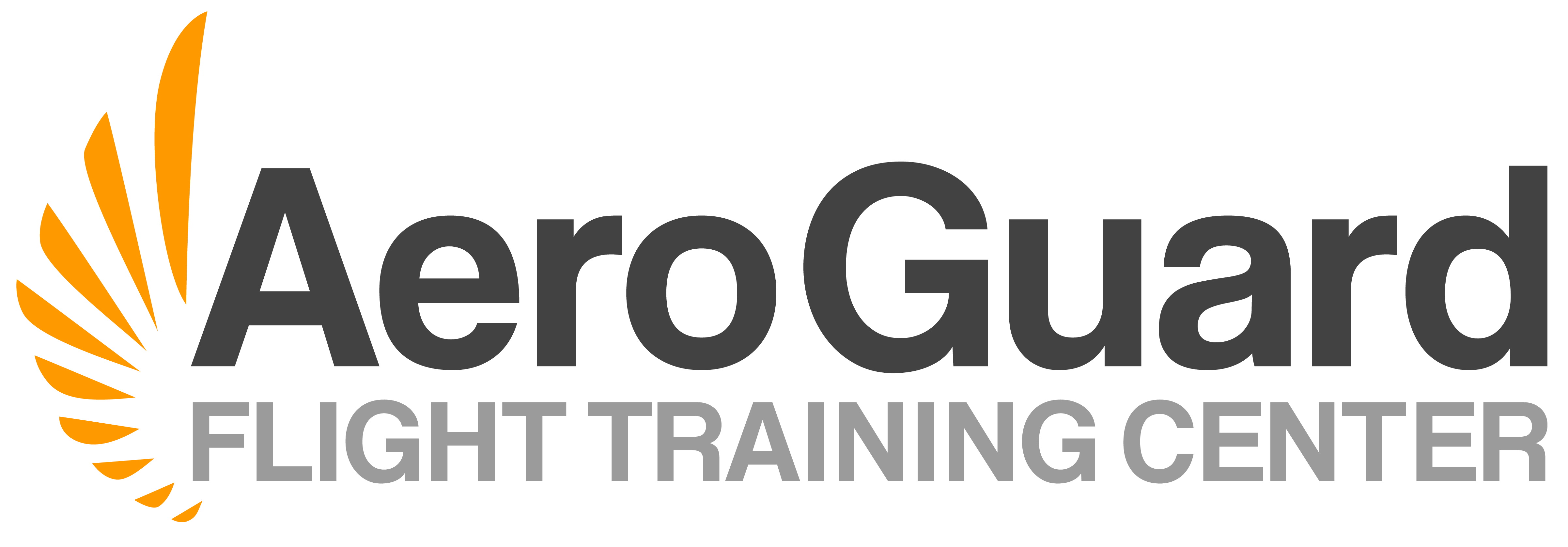The Pilot Uniform: What Do Those Stripes Mean?
Becoming a pilot means building sharp flight knowledge, soaring to new heights and earning your epaulets and stripes as you complete your certifications. As both a flight student and commercial airline pilot, you’re required to wear a certain ensemble that signifies your status as an aviator. Let’s take a closer look at the pilot uniform: a symbol of professionalism in the piloting industry.
History of the Pilot Uniform
Prior to the 1930s, aviators could be seen sporting brown leather bomber jackets, silk scarves, gloves, khaki pants, boots and other flying gear originating from the apparel worn by military personnel. This “getup” was worn to withstand the harsh weather conditions pilots once had to endure due to open, unheated cockpits.
However, Pan American Airlines, a well-known, former international carrier of the U.S., reshaped and revised the aviator look in the 1930s. With the introduction of their “Clippers” series of flying boats, aircraft capable of landing and taking off from water surfaces while carrying passengers and cargo, the Company decided to abolish the militaristic uniform and convert to Navy-style apparel. This uniform consisted of a navy blue, double-breasted jacket with rank insignia on the sleeve cuffs and a hat.
Other airlines recognized Pan Am’s accomplishments and expansion as a result of the company’s growth, and implemented a similar naval officers’ look for their crews in hopes of replicating the Company’s success.
Since making its first appearance, the naval-style airline pilot uniform hasn’t drastically changed. An airline pilot can still be seen today wearing a jacket – some double-breasted, some single-breasted – dark-colored pants, a white shirt, a tie, a set of epaulets and a cap. However, airlines have varying uniform styles and colors that set them apart.
Epaulets and Stripes
Also worn by military personnel in the 17th century, epaulets, or epaulettes, are ornamental badges displayed on an aviator’s shoulders as part of their pilot uniform. A certain number of stripes, or bars, is shown on a pilot’s epaulets as a representation of their rank and level of experience.
Depending on the airline, two, three or four stripes are shown on a pilots’ shoulders. A flight engineer or second officer wears two stripes, a first officer wears three stripes on their pilot uniform and a captain normally wears four.
The AeroGuard Pilot Uniform
At AeroGuard, students wear a buttoned white shirt, a black tie, black slacks and black shoes with their name badge. Instructor Pilots wear the same uniform, in addition to flight wings.
Similar to the airlines, the epaulets on our pilots’ shoulders demonstrates where they are in their flight training:
– No epaulets are for beginner student pilots working toward their first rating.
– Black epaulets without bars are for student pilots who have successfully earned their Private Pilot Certificate.
– Black epaulets with one bar are for student pilots who have successfully earned their Instrument Rating.
– Black epaulets with two bars are for student pilots who have successfully earned their Commercial Pilot Certificate.
– Black epaulets with three bars are for pilots who have earned their Certified Flight Instructor Certificate.
– Black epaulets with four bars for are for management, Stage Check Instructors and Standardization Staff.
Flying for the airlines requires a high level of professionalism, and AeroGuard pilots wear a uniform to emulate that same level of respectability. AeroGuard’s training curriculum and environment is built to prepare students for a successful commercial airline career ahead.
Readiness and competency starts at AeroGuard Flight Training Center. Can you already picture yourself proudly wearing your pilot uniform? Then don’t wait. Contact us today and launch your aviation career!



